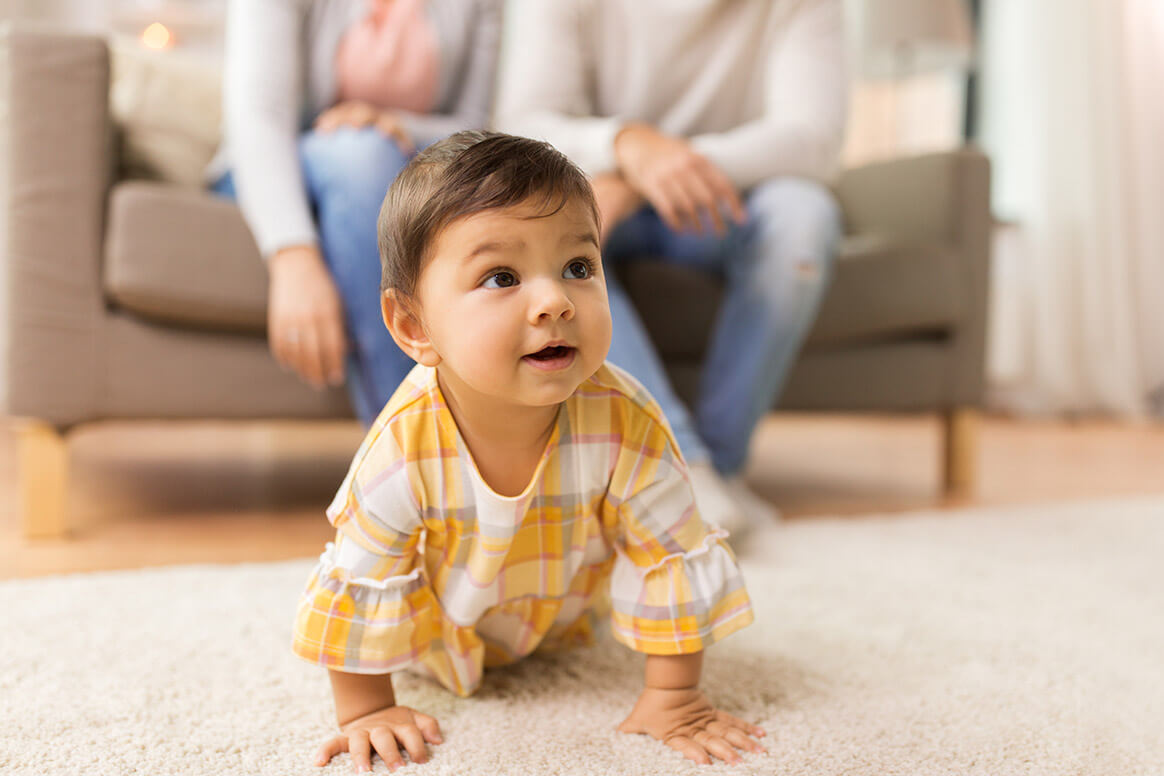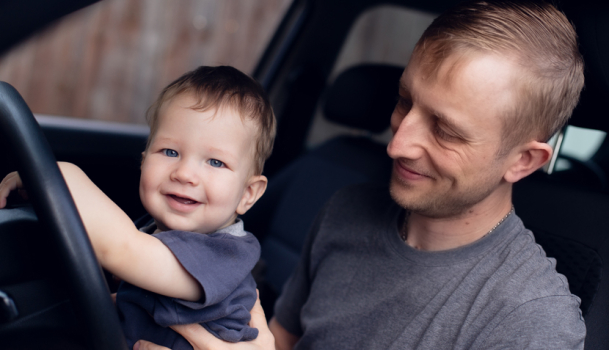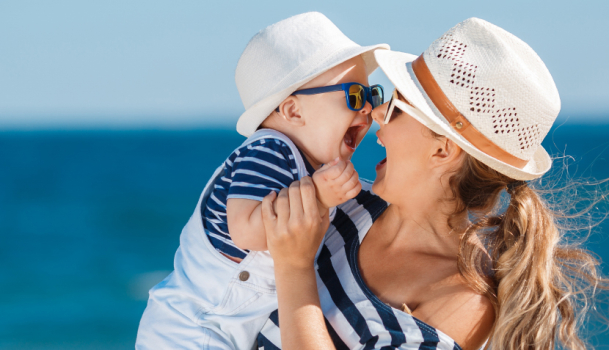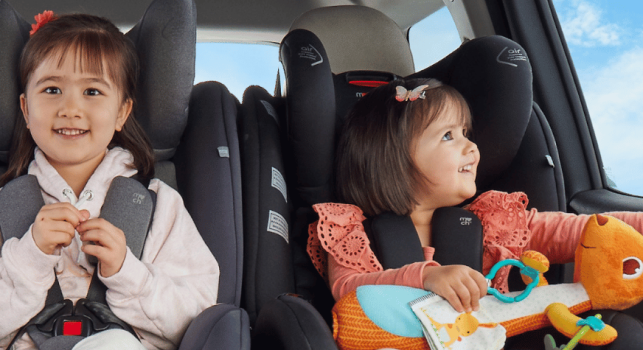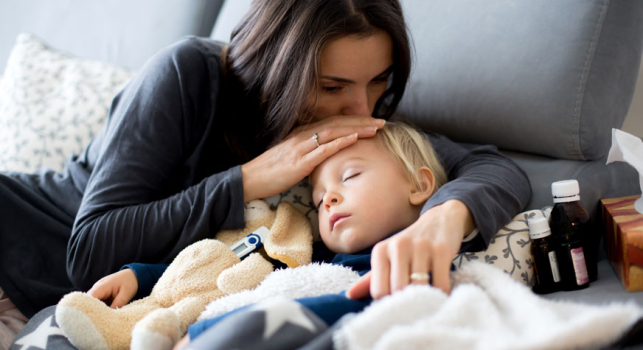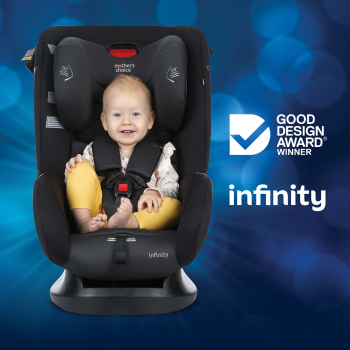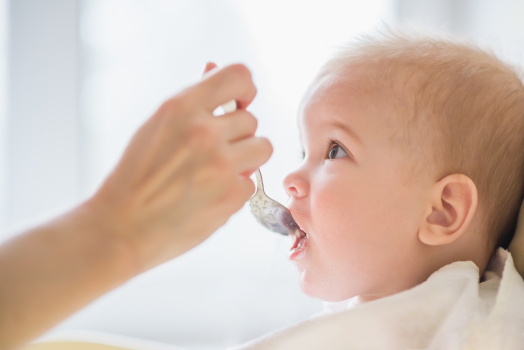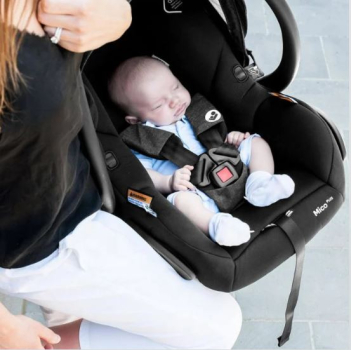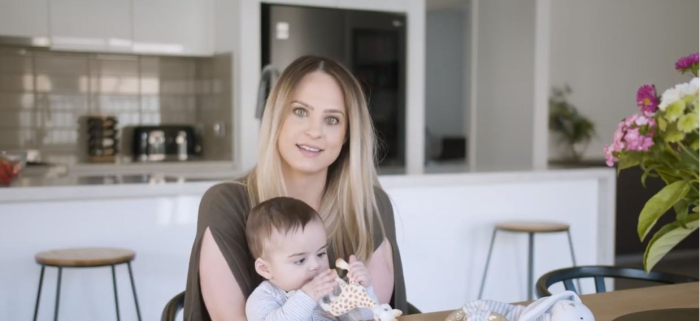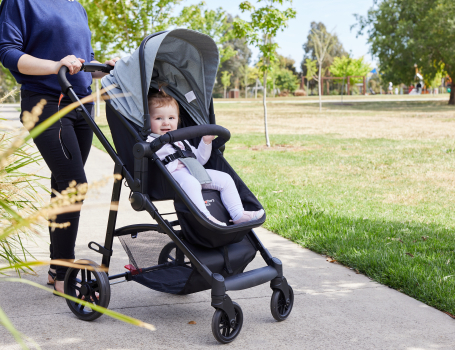As a parent, you become so aware of the risks and hazards in the world around. Right from day one, you are tasked with the job of keeping a little person safe and you will do anything you can to ensure that. While there are some hazards you can’t control, a safe home is one thing you can be on top of.
According to Kidsafe, approximately 59,000 Australian children are hospitalised each year due to unintentional injuries. Of these, one third of the children are aged 5 and under, with many of these injuries happening in the home. But there are steps that you can take to ensure child safety at home. A few simple checks and the addition of some baby safety products will help you sleep more soundly at night. A home safety project is essential once you have a baby.
The main causes of child injuries in the home
According to Kidsafe, the main causes of injury in the home are:
Slips, trips and falls
Causes
This can include falls down stairs but also falls from lower heights such as from a high chair or kitchen bench. Windows and balconies also present hazards here, as do wet floors.
PreventionGates used on stairs to prevent children from climbing or falling down the stairs
- Supervising children while they are sitting in high chairs or on other higher surfaces
- Using window locks to ensure windows cannot be opened wide enough for a child to fit through (no more than 9-10cm)
- On balconies, removing furniture or other items that can be climbed so children can’t reach the top of the banister
- Using an anti-slip mat in the bath will help to prevent falls in a wet bathtub or bathroom floor
Burns
Causes
The kitchen and bathroom are the greatest cause of burns for children but hot drinks and heaters can also be a danger.
Prevention
- Use a safety lock on your oven door to prevent children from opening the oven
- Avoid using the front burners on your stove so children can’t reach any hot pans
- Keep hot drinks away from children
- Always check the bath temperature before putting your baby in the bath
- Keep irons, matches and lighters well out of reach of your kids
- If you have a fireplace, install a fire guard to keep a barrier around the fire.
Poisoning
Causes
Think about all the chemicals you have in your home – these are the items that present the greatest risk with poisoning. Your kitchen, laundry and bathroom will be the greatest culprits, as well as the shed if you have one. More than just cleaning products, medicines also pose a risk for poisoning.
Prevention
- Ensure all cupboard that contains chemicals have a safety lock on them, and preferably the cupboards are out of reach of kids
- Keep the Poisons Information number on your fridge or somewhere you can easily access it. The number is 13 11 26.
- Don’t keep any unnecessary chemicals/medicines in the house – safely discard anything that has expired
Drowning
Causes
Backyard swimming pools are risks for drowning but so too are baths or any other bodies of water such as in an inflatable swimming pool.
Prevention
- Always supervise your children while they are in or near water – this includes backyard swimming pools, small inflatable pools and baths. Nothing can replace the watchful eye of a supervising adult
- Ensure that pools have the required safety fencing so children cannot access the pool (and do regular check ups for maintenance)
- Do not leave inflatable swimming pools, eskys, buckets, etc. with large amounts of water in them – a child can drown in very little water
Choking/suffocation
Causes
Broken pieces of toys, button batteries and blind cords are all choking and suffocation risks to children.
Prevention
- Do not give your children toys that are recommended for an older age group. If toys are broken, remove them out of your child’s reach immediately
- Button batteries are a choking risk, but if swallowed they can actually cause quite a lot of harm to your child. Keep these up high, locked away and out of reach. Also, ensure any remotes or devices that use these batteries are not accessible by kids
- Use safety windups on blind cords as children can become entangled and suffocate if they have access to longer dangling cords.
Electrocution
Causes
Power points and switches are just so attractive to little fingers, but as we know, they are also very dangerous.
Prevention
- Use power outlet plug protectors in any empty power sockets to prevent little fingers from playing with the socket
- Unplug electrical appliances when not in use
Finger jams
Causes
What is it with kids and doors? They love to open and close them but sadly their little fingers can so often get jammed.
Prevention
- Use a finger pinch guard on doors to keep them from closing completely
- Beware of other items around the home that have the ability to trap little fingers (e.g. prams, nursery furniture, sliding wardrobe doors, etc.)
Driveways and backyards
Causes
Cars have many blind spots and this often causes many of the driveway incidents of running children over. In the backyard, there are many hazards such as pets, plants and tools.
Preventions
- Always keep garages locked so children don’t have access
- Check under and around the car before driving off if there are kids in the home
- Teach your kids about safety around pets and always supervise their interactions
- Ensure the plants in your yard are safe for kids and not poisonous
- Keep your shed locked at all times and all chemicals well out of reach of children
At the end of the day, home safety is all about common sense. Children are curious and want to explore so keeping dangerous items off limits is vital. The kitchen, bathroom and laundry are the key areas you should focus but keeping in mind that there are risks throughout the entire house. Here are a few of our favourite home safety products:
Shell Nightlight With Sensor Switch
This is great for keeping stairs lit up or even for late night bathroom visits and will help keep even a clumsy parent safe throughout the night.
Anti Slip Bath Pads
These have an adhesive backing to prevent your little ones falling over in the bath. They can also be used in the shower if your kids have showers and not baths.
Finger Pinch Guard
These will stop little fingers getting caught in doors – unfortunately, they won’t stop teenagers slamming doors.
Safety Harness
This isn’t a product for the home but it is worth a mention, particularly if you have a toddler who likes to use their newfound ability for walking to run off at any chance they get…
Bath Mat - Froggy N Friends
This is a super cute bath mat that is easy to remove – the kids will love it! Like the anti-slip bath pads, it can also be used in the shower to prevent slipping there.
Cabinet Slide Lock (Long)
No hardware required – just a really simple way to secure your cabinet doors.
Easy Grip Toilet Lock
If you’ve ever had to fish 10 full toilet rolls that a toddler has tried to flush down the toilet, you will know why you need one of these…
Grip N Go Cabinet Lock
This cabinet lock fits around the handles on your cabinet door to keep them safe from curious little hands.
Multi-Purpose Child Safety Lock
Ideally, when fitting your safety locks, try to include a range of different styles to suit the type of cupboard you are locking. It also means the kids are less likely to learn how to open them!
Need help finding the right product for your child?
Our business hours are Mon-Fri, 8:30am - 5:00pm AEST.

